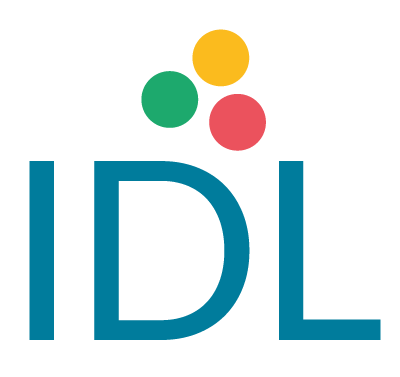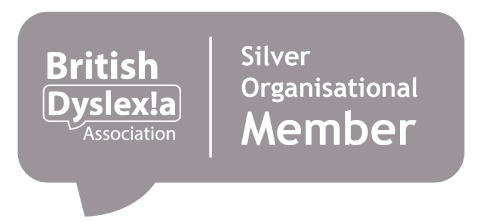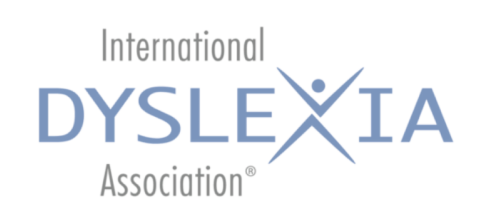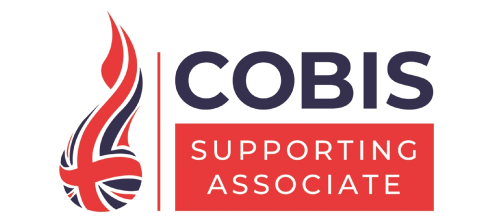There is an anecdote that I heard whilst researching our literacy screener which has buried itself irretrievably into my brain. It states, with apocryphal authority, that we are at the point with dyscalculia where we were with dyslexia 20 years ago. Whilst numeracy-based disorganizing difficulties are just as important, it raises the question – where are we with dyslexia now?
In terms of learning difficulties, it is amongst the most well-known forms of SEND in the world, occurs globally regardless of socioeconomics, culture and gender (although it continues to be statistically diagnosed earlier in male pupils). If you were to ask the person on the street for a definition of dyslexia, they would certainly be able to tell you in broad strokes that it’s something to do with “putting letters together in the wrong order” which technically isn’t wrong. Ask the same person what they know about dyscalculia and they might be able to tell you “It’s like dyslexia with numbers”. So, would it be unfair to say that dyslexia has become the standard by which we measure all reading difficulties?
Dear reader, as you are likely already aware given you’re reading this – dyslexia is a spectrum of impediments to fluent, confident reading. A pupil who has dyslexia may struggle with any number of skills in their literacy with not all of them fitting the ‘conventional’ definition of dyslexia.
For example, a pupil might be able to spin gorgeous tales verbally about dragons and knights but if you ask them to put it on paper, they struggle to even write between the lines. This would likely be a visual-motor processing issue where the brain is less efficient at judging distance between lines and transmitting that information to the pupil’s hand. They might even have some dyspraxic elements impacting their handwriting based on this but I’m already halfway through the article and I’ve barely scratched the surface so let’s put that aside for now.
Dyslexia is a daunting prospect for educators even today with the amassed scientific knowledge of 147 years. Around 10% of a primary school classroom will have some degree of dyslexia. That means that at least three children in the average UK classroom will struggle with their literacy. This is an age where children are acutely aware of their differences and peers, their social skills beginning the hard climb towards secondary school. For those pupils with dyslexic type difficulties, being aware of their difficulties is a double –edged sword.
On the one hand, a dyslexic pupil can receive additional support and interventions to help them achieve. Obviously, a good thing. However, being removed from the classroom creates division, draws attention to their difficulties and can be a source of ridicule. Less good. The solution is as simple as it is effective – proportionate universalism.
Proportionate universalism in the simplest terms is the idea that an intervention should be accessible and useful to everybody but of most use to the least able. Originally used to manage healthcare systems, the practice has formed a growing movement amongst educators who recognize that a holistic approach to interventions boosts peer learning and strengthens the skills of the whole class whilst improving emotional resilience into the bargain.
Our programs are designed to be pupil-first and pupil-led. Those aren’t just buzzwords. By guiding pupils through the independent lessons, they grow in confidence and ability whilst ensuring parity across all levels of ability. No additional training is required for teachers or TAs – our accessibility options mean that any pupil can push ahead at their own pace – without pressure.
IDL supports thousands of learners around the world with our specialist literacy, numeracy and wellbeing software. If you would like to learn more about our award-winning SEN products or to arrange a free trial, please click here.
